Affiliate links on Android Authority may earn us a commission. Learn more.
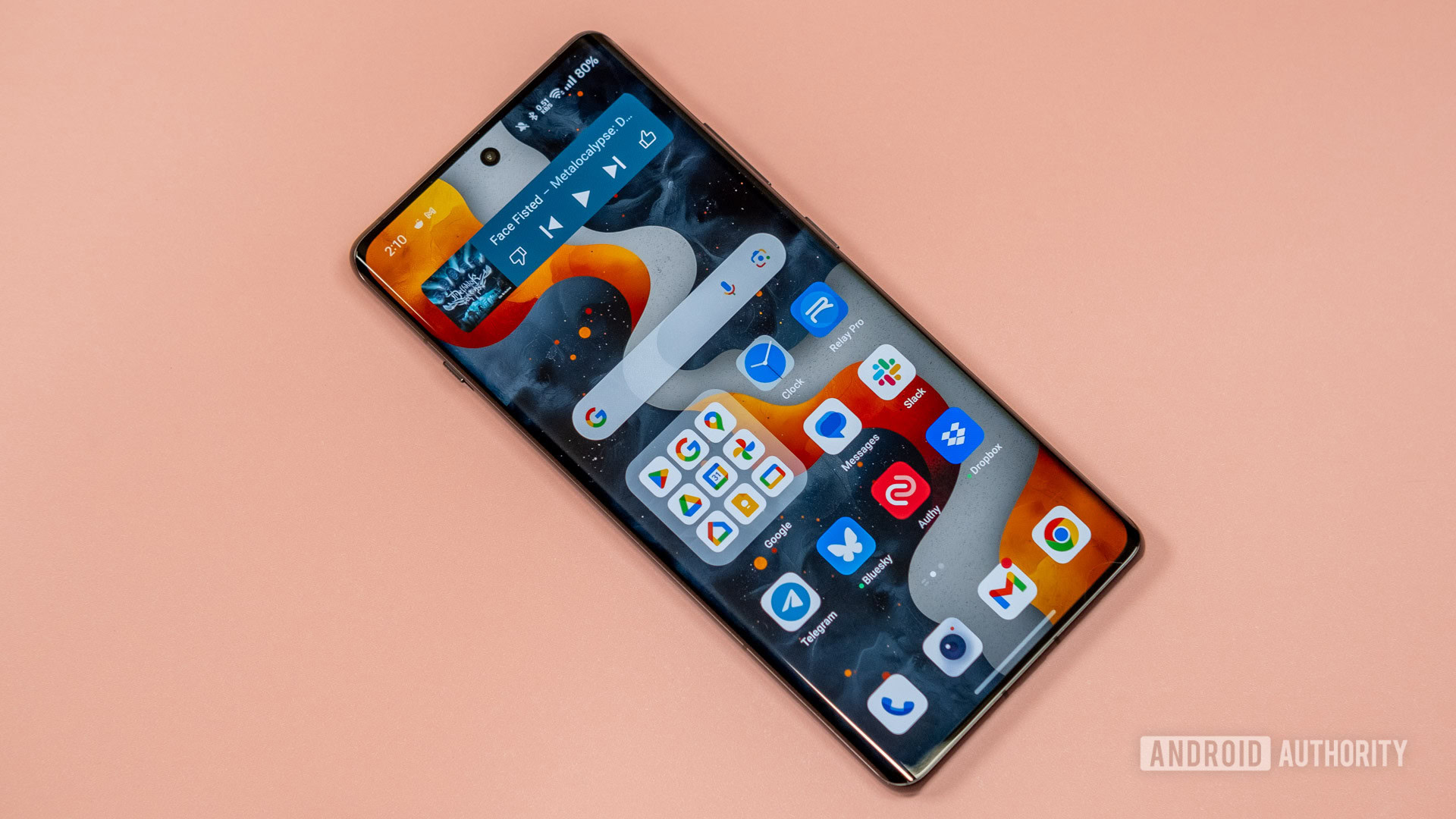

OnePlus 12R review: Should you buy it?
Published onAugust 30, 2024

OnePlus 12R
MSRP: $499.99
What we like
What we don't like

OnePlus 12R
OnePlus 12R review: At a glance
- What is it? The OnePlus 12R is a more budget-friendly version of the OnePlus 12. While the phones look almost identical, the 12R has 2023's flagship Snapdragon chip, less capable cameras, and lower starting RAM, all for the trade-off of saving $300 over the standard model.
- What is the price? The OnePlus 12R starts at $499.99 with 8GB of RAM and 128GB of storage. The 16/256GB upgrade adds $100.
- Where can you buy it? The OnePlus 12R is available from OnePlus directly, as well as retailers like Amazon and Best Buy. This marks the first time a OnePlus R series phone has launched in the US.
- How did we test it? I tested the OnePlus 12R for two weeks and published the original version of this review on March 5, 2024. It has since been updated to reflect new alternatives and current information. The review unit was supplied by OnePlus.
- Is it worth it? The OnePlus 12R is an excellent deal for $500, making it a good purchase for anyone who wants a fast phone and doesn't mind a second-tier camera.
Should you buy the OnePlus 12R?
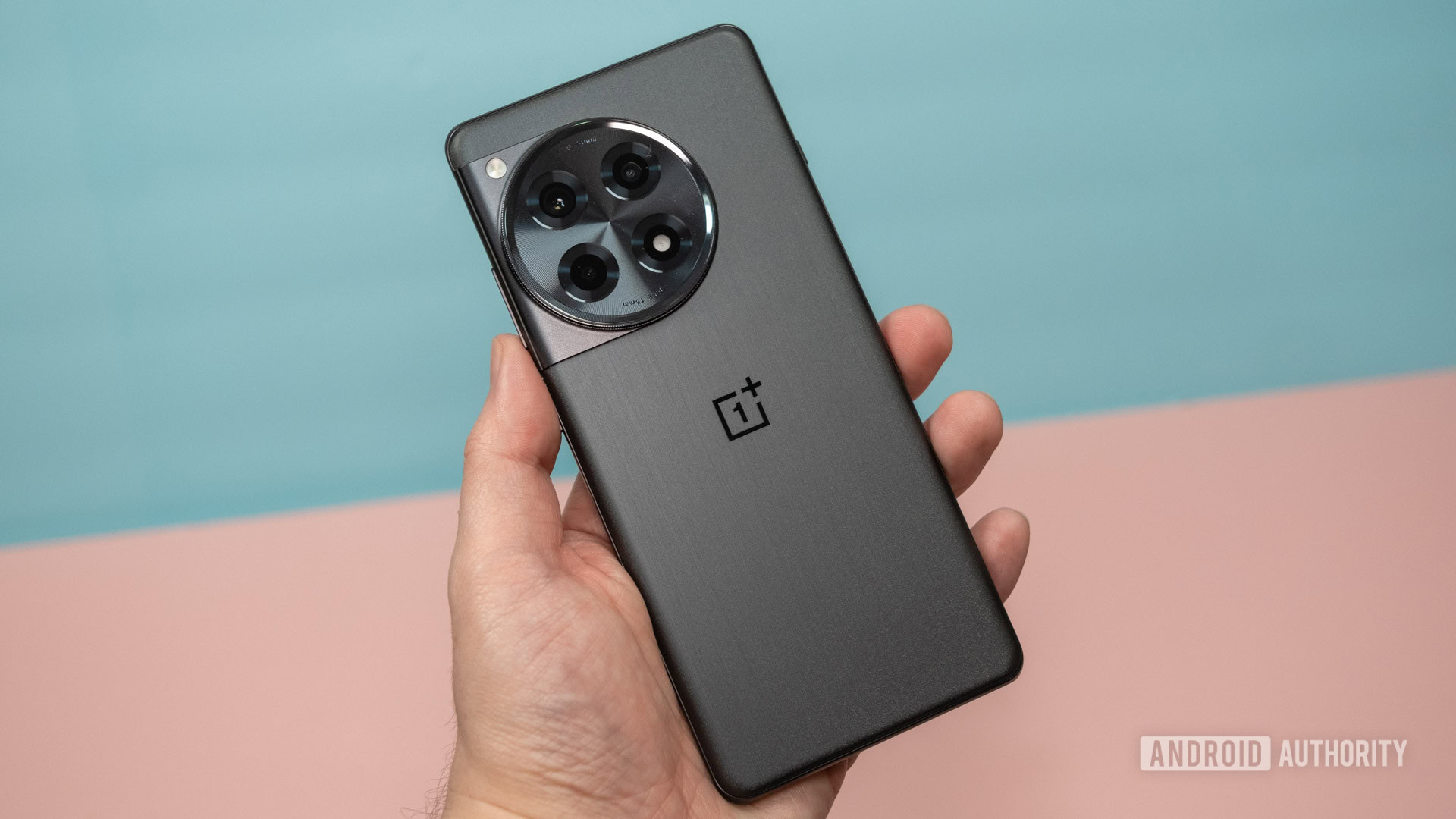
The OnePlus 12R is a dead ringer for the more expensive OnePlus 12, but slightly thinner and lighter. It has the same dial-like camera module on the back, the trademark OnePlus alert slider, and an enormous LTPO OLED screen clad in Gorilla Glass Victus 2. On that last count, the OnePlus 12R stands out from the crowd a bit more than it would have a year or two ago. The 6.78-inch 120Hz OLED has curved edges, which other device makers like Google and Samsung have left behind. It makes the phone a bit more comfortable to hold, but you’ll have to deal with occasional accidental touches and light reflections on the curved surfaces.
The panel itself is a bit of an oddball. The 2,780 x 1,264 resolution is between the standard 1080p and 1440p options. It has the same impressive brightness characteristics as the OnePlus 12’s 1,440p display with a peak brightness of 4,500 nits. The full panel can reach 1,600 nits, which makes it totally readable in direct sunlight. There’s an optical fingerprint sensor under the display, and it’s fast and reliable enough that you’ll never have to think about it.
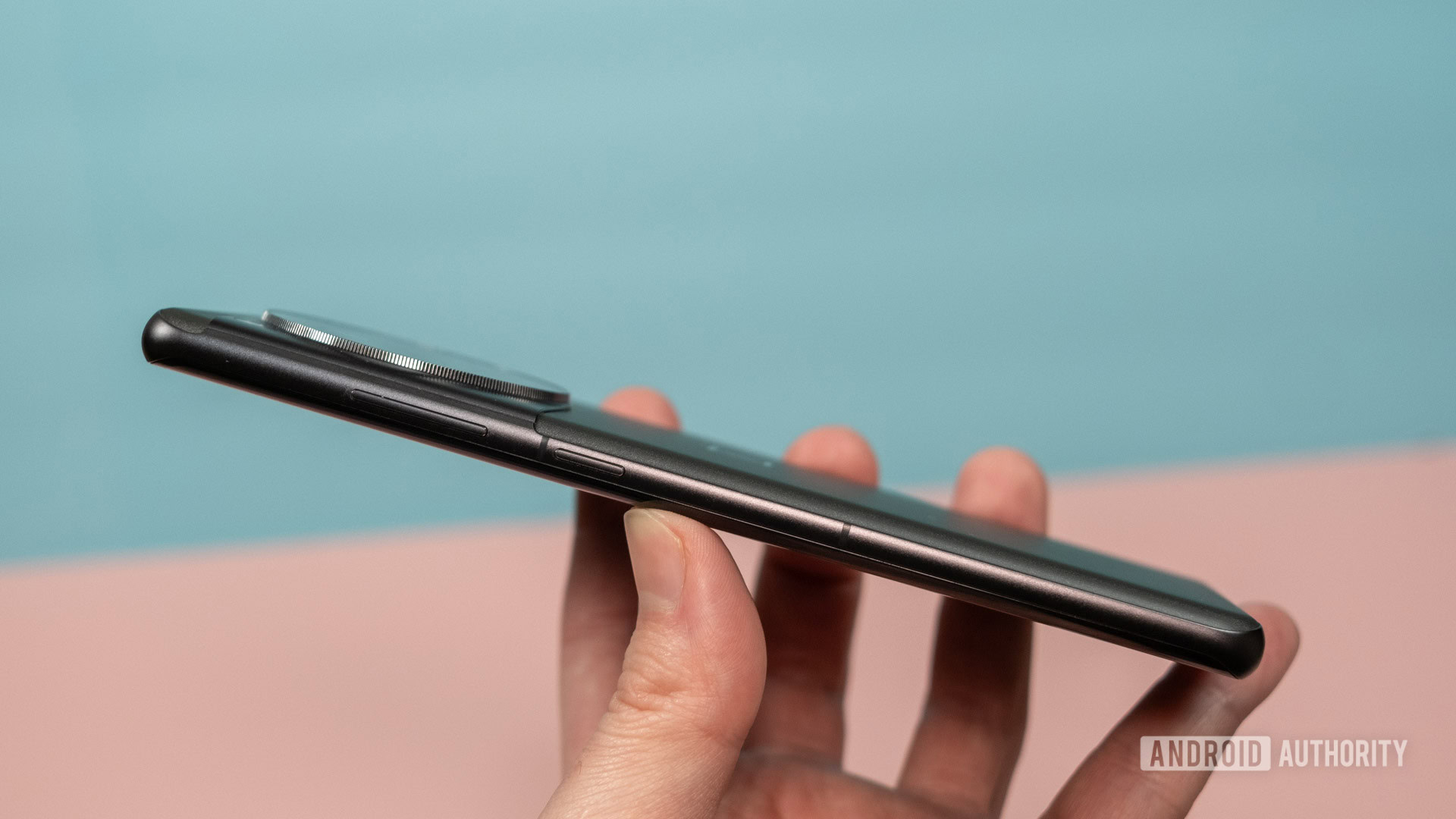
The Gorilla Glass 5 back has been treated to give it a matte texture, which is slightly more grippy than glossy glass. The smooth aluminum frame and curved glass make it a bit more slippery than we’d like — it’s not unusual to fumble this device while trying to pick it up. The chassis feels solid enough, but on top of the aging glass durability standard, it’s also only IP64 rated, which means it has been certified for splash resistance but should not be submerged or exposed to water for an extended period.
The power and volume rockers are on the right edge, and the left is home to the alert slider (below). This continues to be one of the best hardware features of OnePlus phones — with a flip of the switch, you can set the phone to ring, vibrate, or silence. The phone’s excellent haptic feedback makes the switch position discernable without even looking. The lone USB-C port is on the bottom. Up top, there’s a blast from the past: an IR blaster. Setup is a breeze, and it might come in handy once in a while.
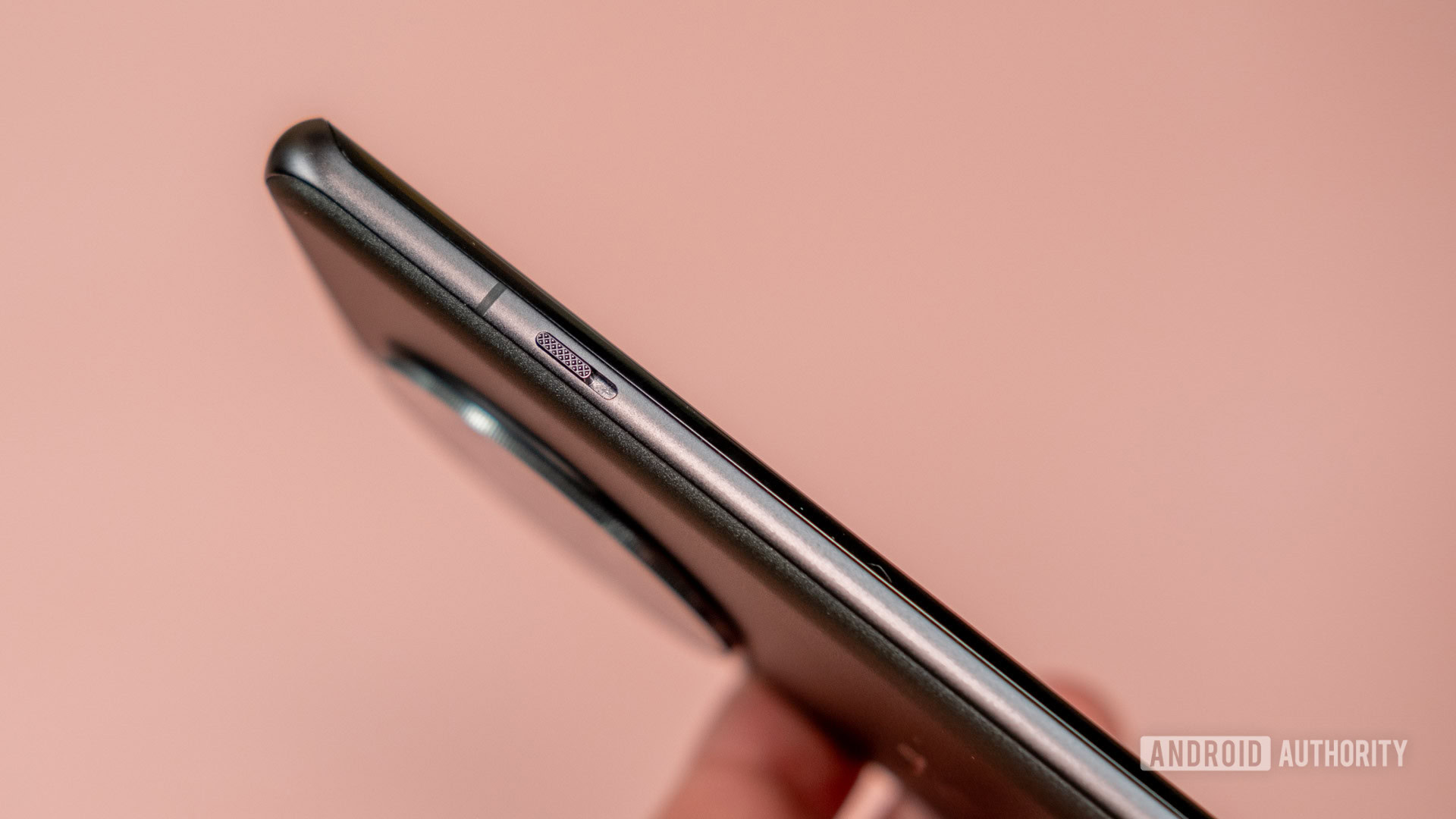
The OnePlus 12R’s fantastic battery life and charging, however, will improve your experience every day. Even with heavy use, the OnePlus 12R’s 5,500mAh cell can easily last you two full days. OnePlus does optimize background apps a bit more aggressively than most device makers, in my experience, but it does warn you before putting apps into suspended animation.
The 12R leaves most other phones in the dust with 80W SuperVOOC charging.
When the time comes to recharge, the 12R leaves most other phones in the dust with 80W SuperVOOC charging (or 100W outside of the US). It comes with the necessary charger and plug, but extras are rather spendy ($50 for a plug and cable on the OnePlus Store). The phone can charge from empty to 100% in about half an hour, which is pretty amazing when you see it in practice. You don’t even have to worry about the charge level because you can plug it in for a couple of minutes before you leave the house to get more than a day of power. The one bummer here: no wireless charging.
The $500 asking price is competitive given the specs. Qualcomm’s Snapdragon 8 Gen 2, which powers the phone, is still a speedy chip despite being from a previous generation, and OnePlus’ cooling solution ensures it stays fast even while gaming. In fact, the benchmark scores from our testing suggest that it avoids the CPU throttling of the OnePlus 12 (unless you toggle on performance mode) and actually posts higher scores in Geekbench 6, though it understandably lacks the overall GPU performance of the flagship at peak and under load.
The 8GB of RAM is about what I’d expect at this price, but it’s lower than many other OnePlus devices. That memory might be a bit light if you’re hoping to use the OnePlus 12R long into the future, but you’ll be on your own after a few years anyway. This phone is also guaranteed three Android OS updates plus an extra year of security patches. The more expensive OnePlus 12 gets one additional year of each. Both of those pale in comparison to Samsung and Google’s update policies that offer seven years of updates on flagship smartphones.
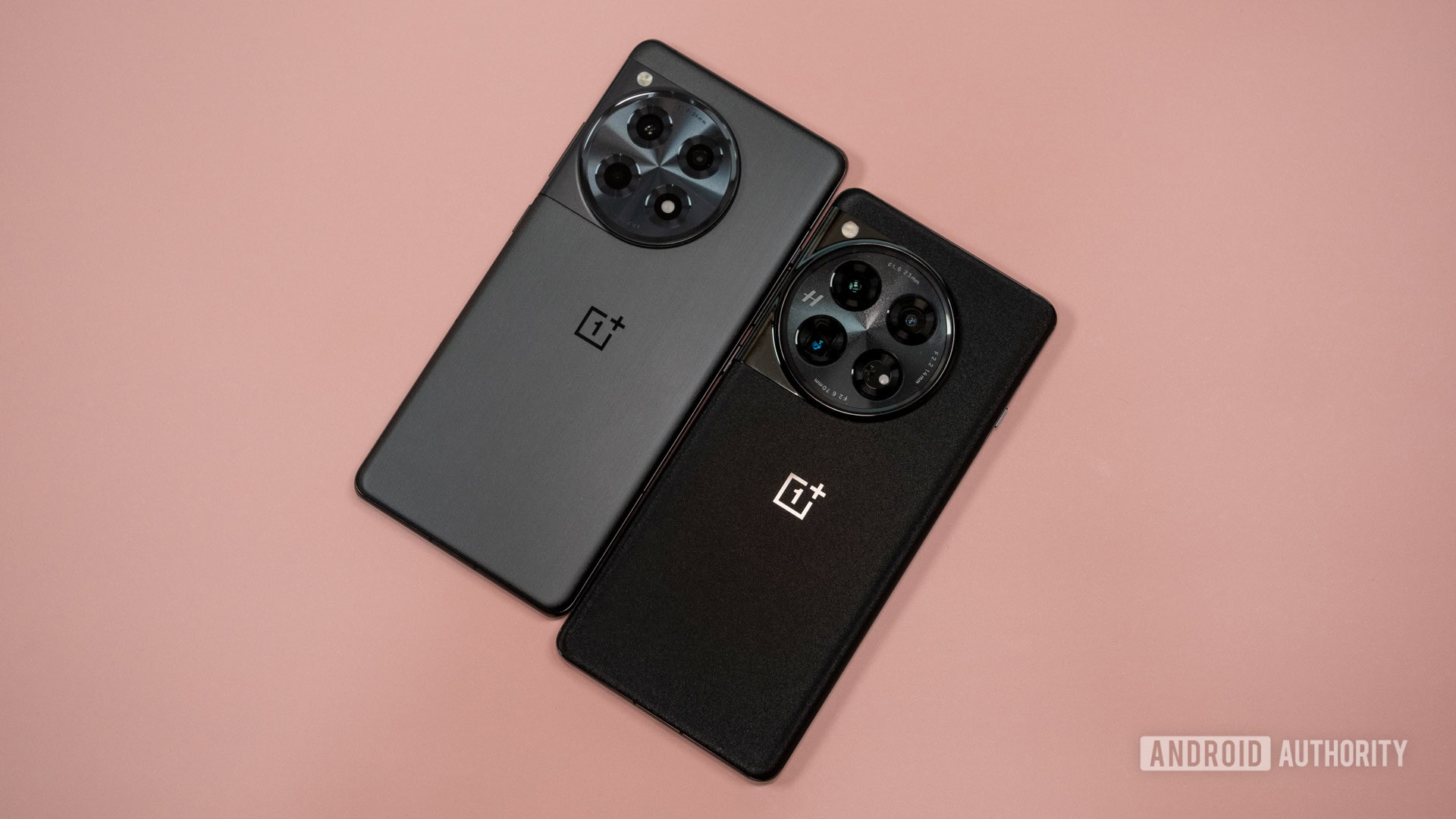
There’s a wrinkle with regard to the storage, which starts at 128GB of UFS 3.1 in the base model. OnePlus accidentally listed this phone as having UFS 4.0, which is twice as fast as UFS 3.1. OnePlus has apologized for the confusion, but some fans aren’t taking the clarification well. In practice, I don’t think you’ll ever notice a difference between the two storage types on a smartphone — UFS write speed isn’t a bottleneck for most tasks. This is a ludicrously fast phone, and it stays cooler than most other phones I’ve tested lately.
The OnePlus 12R ships with Android 14 under a thick layer of Oxygen OS. In the past, Oxygen OS was among the more streamlined OEM takes on Android, but today it’s a heavier skin that has more in common with Color OS from OnePlus’ parent company OPPO, as well as the old HydrogenOS explicitly built for China. It feels a bit counterintuitive and cumbersome in places. For example, removing an icon from your home screen takes a long press and two taps. The OnePlus 12R also defaults to placing all your apps on the home screen as you install them, and the option to change that is buried three menu levels deep in the settings. The most frustrating thing in my testing has been that notifications only show up on the lock screen once. After you unlock the phone, they are removed from the lock screen even if you haven’t viewed them.
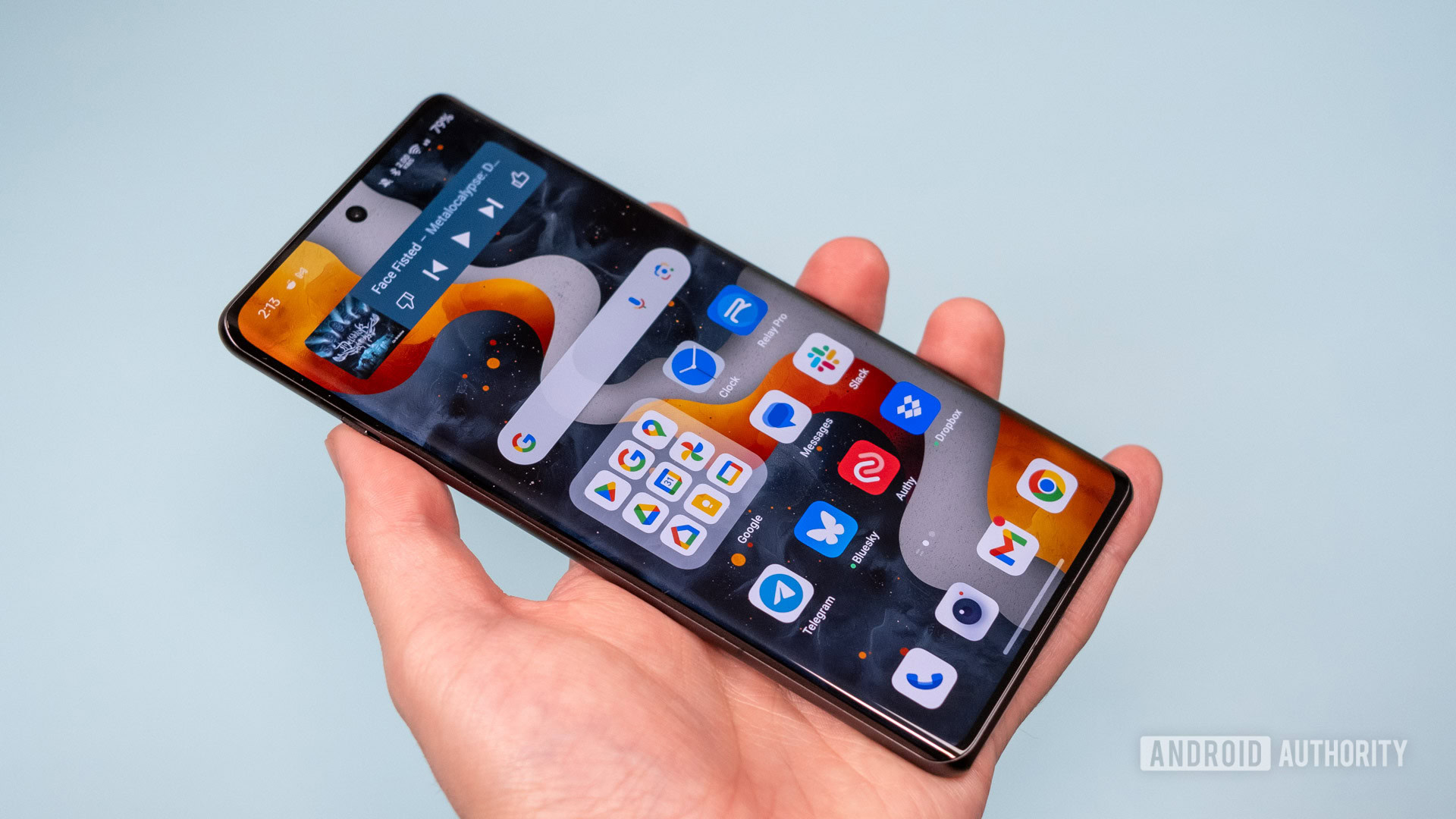
Once you get over its foibles and change some settings, Oxygen OS on the OnePlus 12R won’t get in your way too much. It’s got a cheerful vibe, with smooth, bouncy animations and bright colors. However, I would like a more capable version of Material You — OnePlus’ software does not choose color palettes well at all.
The camera module on this phone may look just like the one on the OnePlus 12, but you’re taking a big step down in quality. The primary camera is 50MP (with OIS). That’s the same resolution as the OnePlus 12, but the sensor is smaller and has smaller pixels. The ultrawide is only 8MP versus 48MP for the more expensive phone, and the telephoto lens isn’t here at all. Instead, you get a dedicated macro sensor with a miserly 2MP resolution.
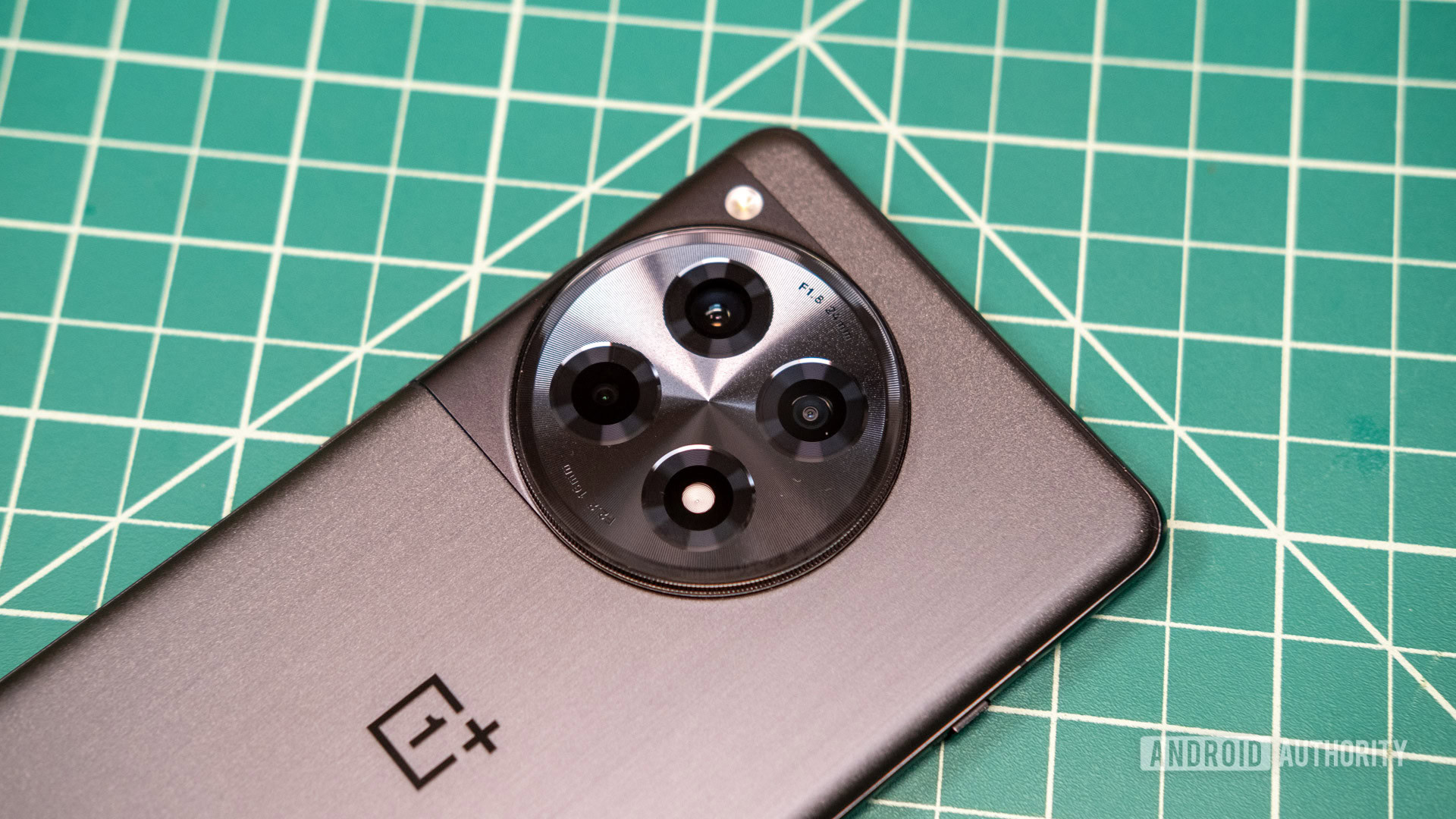
The photography experience on the OnePlus 12R is good enough for the money, but you’ll definitely notice the deficit between this phone and the OnePlus 12, Pixel 8, Galaxy S24, and other phones that cost just a little more. The primary shooter looks good with average or better light in 1x and 2x modes. However, the lack of a telephoto lens means you should not push it beyond that. Low-light performance is passable, but you’re looking at some long exposures that make capturing motion very difficult. Details also get fuzzy quickly as the light dims.
The dedicated macro camera, as is tradition, isn’t very good. It’s only 2MP, and the detail is poor, as you can see in the shot below. It only takes sharp images with perfect light. I’m not even sure OnePlus wants people to use it — the macro mode is buried in the camera app under “more.” But it’s a third camera, which makes the phone look more capable than it is. The 8MP ultrawide camera is a bit of a disappointment, too. It’s not very sharp (particularly at the edges), the dynamic range is lacking, and the colors are not consistent with the primary lens.
For full-res samples from the OnePlus 12R, check out this Drive folder.
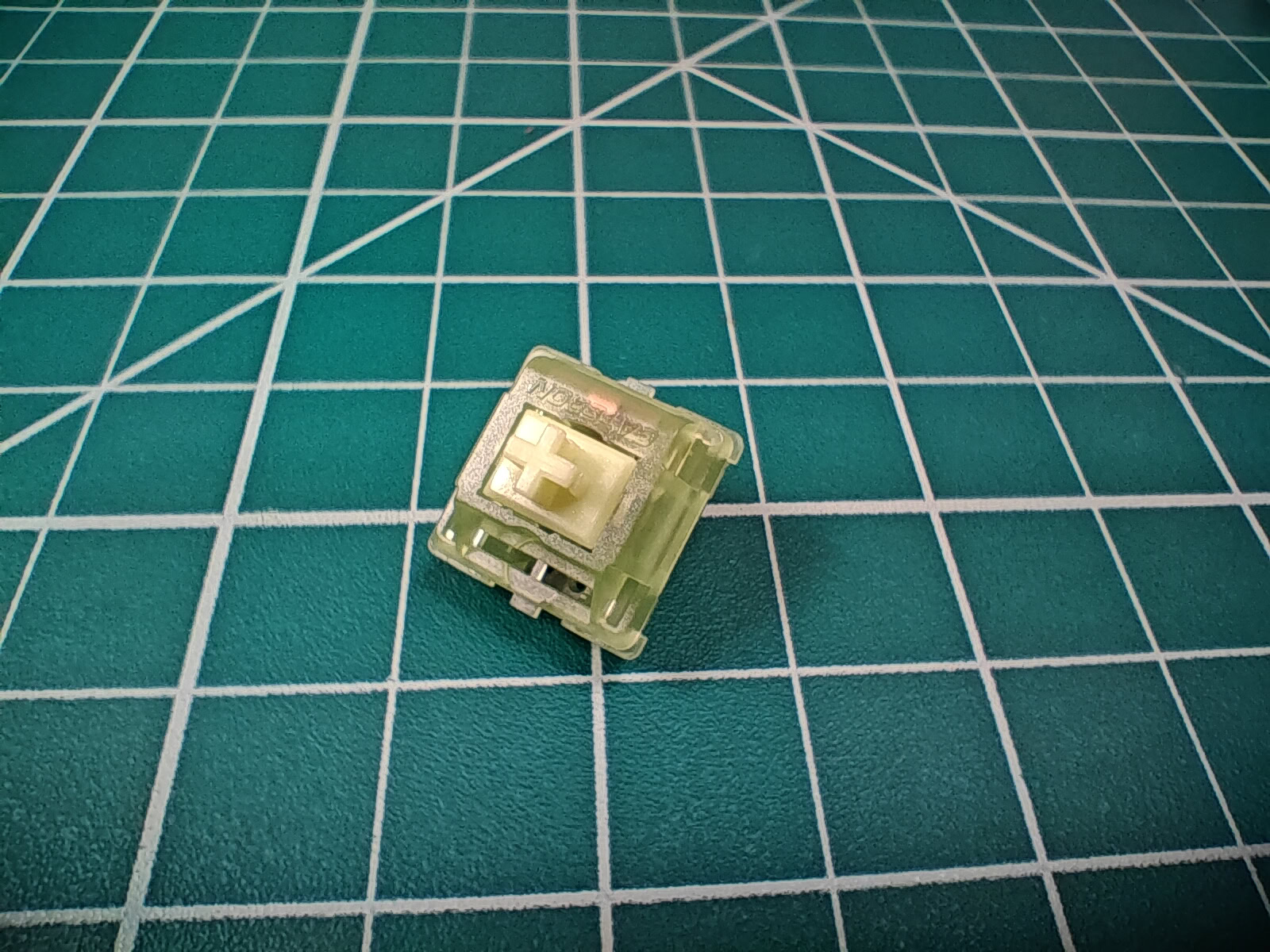
You give up a little in the imaging department, but the OnePlus 12 offers a lot for just $500. It’s very fast, has a class-leading display, and it’ll run a few days on a charge. When you plug it in, it’ll be fully juiced up in just a few minutes. Even much more expensive phones like the Galaxy S24 Ultra can’t get anywhere close to the 12R’s charging speed. If you want a blazing-fast phone that can go the distance, the OnePlus 12 could be it. Just make sure you can cope with a mid-range camera experience.


What are the best OnePlus 12R alternatives?
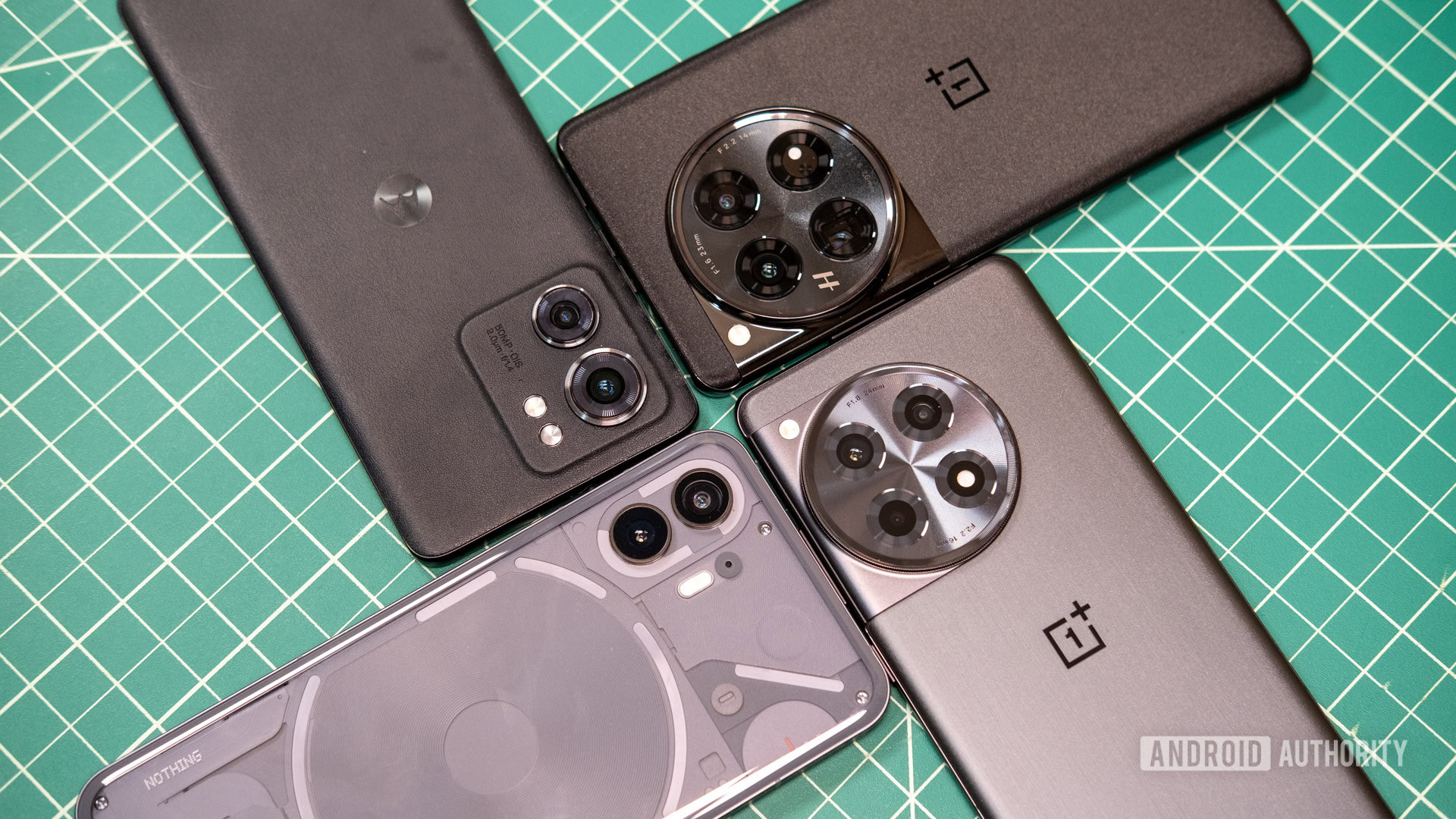
There are a few recent devices in the same price range as the OnePlus 12R, but they typically don’t have quite as much power. You can, however, spend a little more to get the best OnePlus has to offer.
- OnePlus 12 ($899.99 at Amazon): If you like the OnePlus 12R but want a little more oomph and photography prowess, you can pick up the OnePlus 12. This device has a newer Snapdragon 8 Gen 3 chip, wireless charging, more RAM, better cameras, and an extra year of software support. However, it’ll cost you $300 more.
- Motorola Edge (2024) ($499.99 at Amazon): The Motorola Edge isn’t as fast as the OnePlus 12R, but it has a similarly good battery life and fast charging (plus wireless charging), plus it’s much lighter and more comfortable to hold.
- Samsung Galaxy S23 FE ($599.99 at Amazon): Samsung’s current budget flagship has a better camera and update guarantee, and most people will probably prefer One UI to Oxygen OS. However, the Galaxy S23 FE has an older Snapdragon 8 Gen 1 chip, and it charges at just 25W. It does have wireless charging, though.
- Nothing Phone 2 ($599.99 at Nothing): The Nothing Phone 2 has a unique design, wireless charging, and it costs about the same as the OnePlus 12R. Charging is slower, but performance should be similar, even with an older Snapdragon 8 Plus Gen 1 and 8GB of RAM.
- Google Pixel 8a ($499 at Amazon): The Pixel 8a is the best camera phone in the sub-$500 price range, making it an excellent alternative for serial snappers. The Pixel 8a also offers a brilliant software update pledge, Gemini AI smarts, and a great OLED screen.
OnePlus 12R specs
| OnePlus 12R | |
|---|---|
Display | 6.78-inch AMOLED LTPO 2,780 x 1,264 resolution (FHD+) 120Hz refresh rate 450ppi |
Processor | Qualcomm Snapdragon 8 Gen 2 |
RAM | 8/16GB LPDDR5X |
Storage | 128GB UFS 3.1/256GB UFS 4.0 |
Power | 5,500mAh battery 100W wired charging No wireless charging Charger in the box |
Cameras | Rear: - 50MP wide, f/1.8, OIS - 8MP ultrawide - 2MP macro Selfie: - 16MP |
Audio | Stereo speakers Dolby Atmos Spatial Audio |
Video | 4K/30fps/60fps 240fps/720p 120fps/1080p |
Durability | Gorilla Glass Victus 2 on the front Glass on the back Aluminum frame IP64 rating |
Connectivity | Wi-Fi 7 Bluetooth 5.3 IR Blaster |
Biometrics | Optical in-display fingerprint sensor |
Ports and switches | USB 2.0 via USB-C Alert Slider |
Software | Android 14 Oxygen OS 14 |
Dimensions and weight | 163.3 x 75.3 x 8.8mm 207g |
Colors | Iron Gray Cool Blue |
OnePlus 12R review: FAQ
No, the OnePlus 12R doesn’t have wireless charging like the OnePlus 12.
The OnePlus 12R is IP64 rated, which is only splash-resistance.
The OnePlus 12R has an older Snapdragon processor, less RAM/storage, and a less capable camera setup, but it costs $300 less than the OnePlus 12, and the battery is a little bigger.
No, the OnePlus 12R doesn’t have a headphone jack. The USB-C is the only port on this phone.
The OnePlus 12R has Gorilla Glass Victus 2 on the screen and Gorilla Glass 5 on the back.